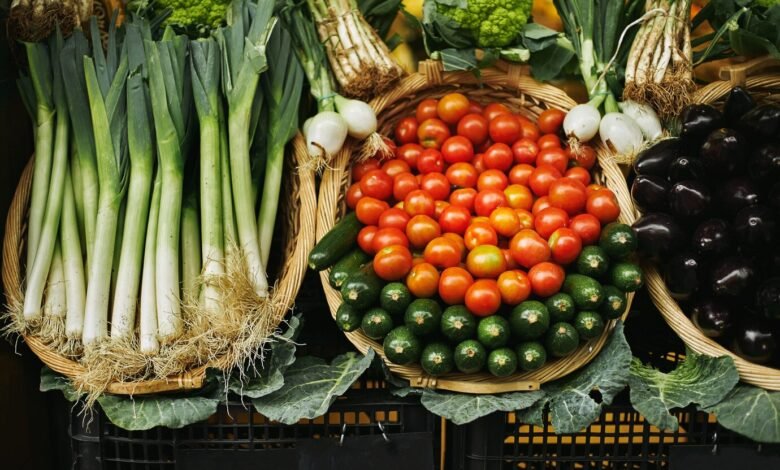Fresh International Market

Introduction:
The global demand for fresh produce has skyrocketed over the past decade, transforming the way fruits, vegetables, and perishable goods are traded across borders. The Fresh International Market isn’t just about moving goods from one country to another—it’s a dynamic and highly competitive arena shaped by seasonal cycles, global trade regulations, technological innovations, and shifting consumer preferences. As more consumers become conscious of health, sustainability, and food origin, international markets must adapt to ensure freshness, safety, and reliability. In this article, we explore the key aspects that shape this global industry and the forces driving its future.
1. Global Supply Chains and Seasonal Synergy
Fresh produce markets depend heavily on coordinated international supply chains that connect farms to consumers thousands of miles apart. These supply chains rely on seasonal synergy—the practice of sourcing fruits and vegetables from different hemispheres based on growing cycles. This ensures year-round availability but also demands precise timing, efficient logistics, and cold chain infrastructure to maintain freshness. International suppliers must work in sync with growers, logistics companies, and retailers to avoid spoilage and meet the short shelf life of perishable items.
2. Technological Innovations in Fresh Produce Handling
Technology plays a crucial role in maintaining the quality of fresh products as they travel across the globe. Innovations such as real-time temperature monitoring, modified atmosphere packaging, and blockchain for traceability have revolutionized the industry. These tools help reduce waste, ensure food safety, and increase transparency in the supply chain. For instance, a shipment of strawberries from Spain to the Middle East can be monitored every step of the way to maintain optimal conditions, alerting handlers if temperatures deviate from the safe range. Such technologies not only protect the quality of goods but also build consumer trust in imported produce.
3. Changing Consumer Preferences and the Demand for Exotic Produce
Consumers around the world are becoming more adventurous in their eating habits, driving demand for exotic fruits and vegetables not native to their regions. This trend is especially prominent in urban centers where affluent and health-conscious consumers are willing to pay a premium for diverse, high-quality produce. As a result, countries that specialize in these unique crops have gained stronger footholds in the international market. This shift challenges traditional supply models and pushes growers to meet international standards of quality, safety, and presentation.
4. Trade Regulations and International Standards
Navigating the maze of international trade regulations is a significant part of operating in the fresh international market. Each country has its own rules for food safety, pesticide usage, packaging, and labeling, which exporters must strictly follow. Organizations such as Codex Alimentarius, the World Trade Organization (WTO), and various national food safety agencies establish and enforce these guidelines. Therefore, exporters must remain informed, agile, and compliant with ever-evolving regulations to ensure smooth market entry and sustained business relationships.
5. Sustainability and Ethical Sourcing in Global Trade
As awareness about environmental and ethical issues grows, sustainability has become a core concern in the fresh international market. Consumers increasingly demand produce that is not only fresh and tasty but also sourced responsibly. This includes reduced use of plastic packaging, fair labor practices, organic farming, and efforts to reduce carbon footprints through efficient transportation. Retailers and importers are responding by auditing suppliers and seeking certification from bodies like Fair Trade, Rainforest Alliance, or GlobalG.A.P. As a result, producers aiming to compete on the global stage must adopt sustainable practices that align with international expectations.
6. Future Trends and Growth Opportunities
Looking ahead, the fresh international market is poised for continued expansion, driven by urbanization, population growth, and rising income levels in developing countries. Moreover, climate change will reshape growing zones, potentially shifting which countries become key exporters of certain crops. Companies that can adapt quickly to these changes—through innovation, sustainability, and strategic partnerships—will be best positioned to thrive in the future of global fresh produce trade.




